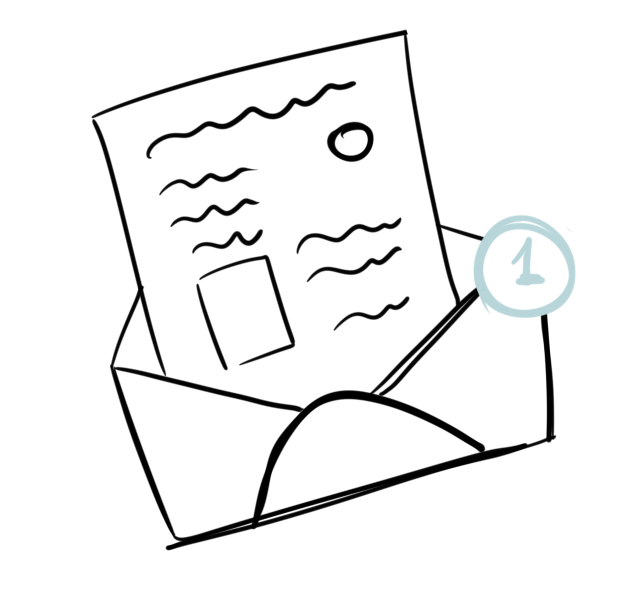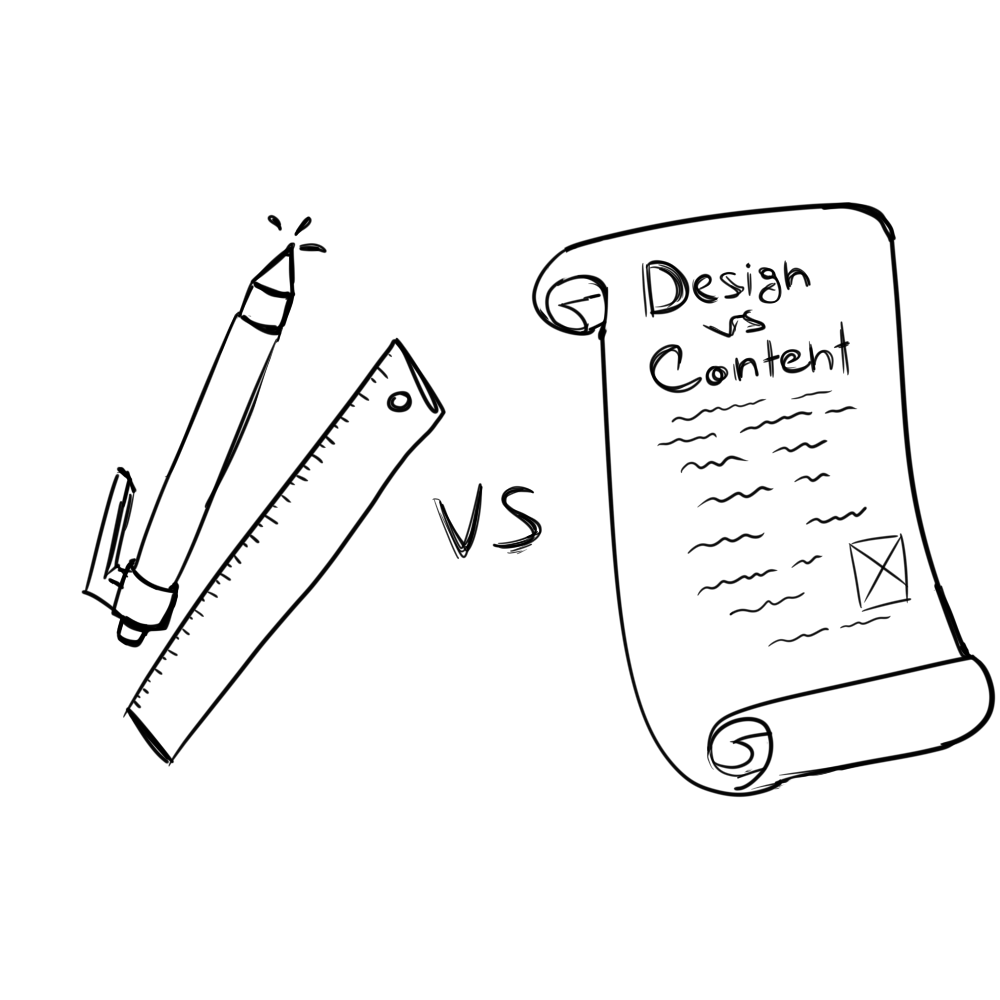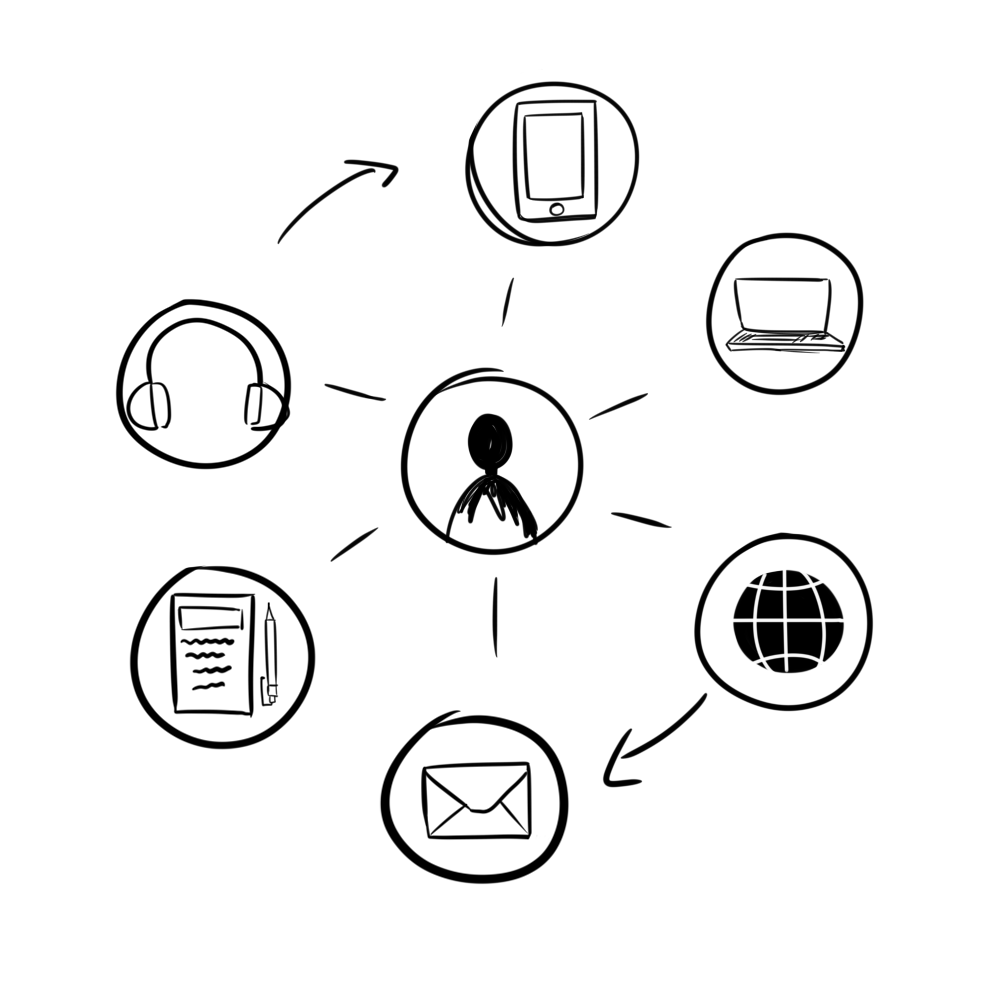For those who do email campaigns the word deliverability is a familiar one. But for those who are new to the world of outbound marketing: email deliverability is the ability to deliver emails to subscribers’ or targeted prospects’ inboxes.
It is what some marketers use to gauge the likelihood of their email campaigns reaching their recipients’ inboxes, by looking at IPs, throttling, bounces, spam issues, and bulking.
Some things that can hurt deliverability include sending without custom authentication or from a free domain email address, using single opt-in or spam flashing email subject lines, making it difficult to unsubscribe, using URL shorteners, and sending emails with too many images.
Having run more than 20 outbound campaigns in the past year, here is what we’ve come up with for how you can protect the domain you use for outbound marketing, and ensure that the email will arrive in the right inbox.
1. Don’t use your own domain
You should not go with your own domain when doing outbound campaigns. What if you burn it? Your business will be finished, as all your communications will end up in the spam folders of your recipients.
What we suggest you do is create a couple of domains similar to your own. For instance, our domain is quilqy.com, but for the outbound, we use quilqy.co (which also redirects to the main website). This way, if you burn the domain you can purchase another one and move on.
2. Warmup
Here’s the first thing companies do as soon as the domain and inbox are set – load the leads, map the data, and go full steam ahead, sending 300- 500 emails a day. This is not great for a couple of reasons:
- – Even if it’s a brand new domain, you don’t know if it’s healthy. A lot of the domains which GoDaddy, Google Domains, Microsoft, etc. are selling have been used before. Thus, there is no guarantee that you have bought a healthy one. Sending high volumes from a domain that is burnt will lead to an under-10% open rate. The less people open and read through your email, the less people will be interested and want to continue communicating. Thus, your outbound provides you with no results.
- – Let’s say you purchased a domain that has never been used before. Great! Most companies would start sending 50+ emails from day one. What’s going to happen is that some people will mark them as spam, and some emails will bounce. The more you get marked as spam, the more bounces you get, and the faster your sender score will drop.
What we at Quilqy have come up with is simple: warm-up before going full throttle. Create a sequence of 3-5 steps, include some links and pictures in the message, and do outbound only to those who you are 100% sure will:
- – Scroll your message all the way to the bottom;
- – Click the link;
- – Reply (even better, engage in an email string conversation).
Note*: Corporate recipients tend to be better, but personal emails will work as well.
As soon as you have done this, the next step is the actual outbound. But start slowly, sending an email to 5 prospects and raising this number to 40 by adding 5 each day. I don’t suggest you go any higher than 50 a day. If you want a higher volume, create more domains and thus inboxes, and split the number equally.
3. Check your domain’s health
Even though you created a new email and did some warm-up, you may still clog the spam folder rather than the inbox. The next step is to keep tracking the health of your domain.
We suggest using glockapps.com, which provides you with the key list of emails to send to and all the necessary statistics, like how your domain performs when sending to Outlook, Gmail, personal emails (iCloud, AWS), etc. We suggest repeating this every 3-4 months to be safe.
4. Deal with bounces quickly
As soon as everything is set up, warmed up and checked, you can start your outbound campaign. Now you need to be quick when dealing with bounces, in case there are no workflows in your outbound system to “abort colleagues” when “the prospect is bounced”.
If you are all set with workflows then don’t worry. If you are not, you must go into your system and do it manually. There is no point clogging everyone in the account as soon as there is a bounce because firstly, you can damage the domain if all 3-7 prospects give you a bounce, and secondly, it’s simply not worth it.
Another important detail is that you need to be on time with the outbound. Let’s say your schedule is “send from 7 am to 5 pm” and you are 2 hours late. What will happen is that the system will speed itself up a little and send each message every 150 seconds instead of every 300.
The smaller the interval between transmissions to prospects, the less time you have to tag a prospect as a “bounce”, and the less time the system has to abort colleagues.
The world of email marketing is changing, and so are outbound rules and protocols. It is not that easy to make every email go straight into your recipient’s inbox. However, the open rate can be improved through the above steps. In case of difficulty feel free to contact us so we can be of service!










